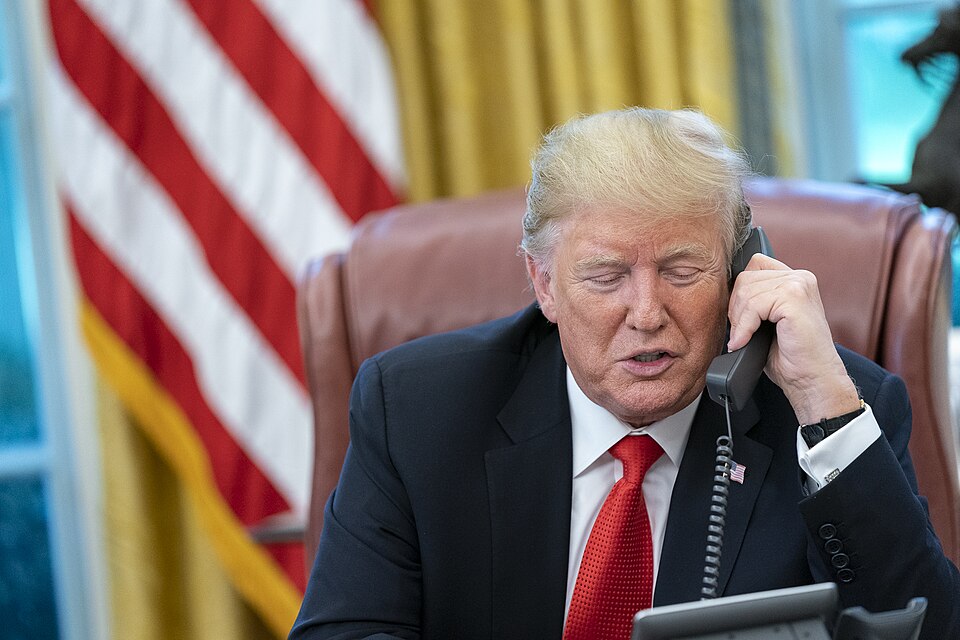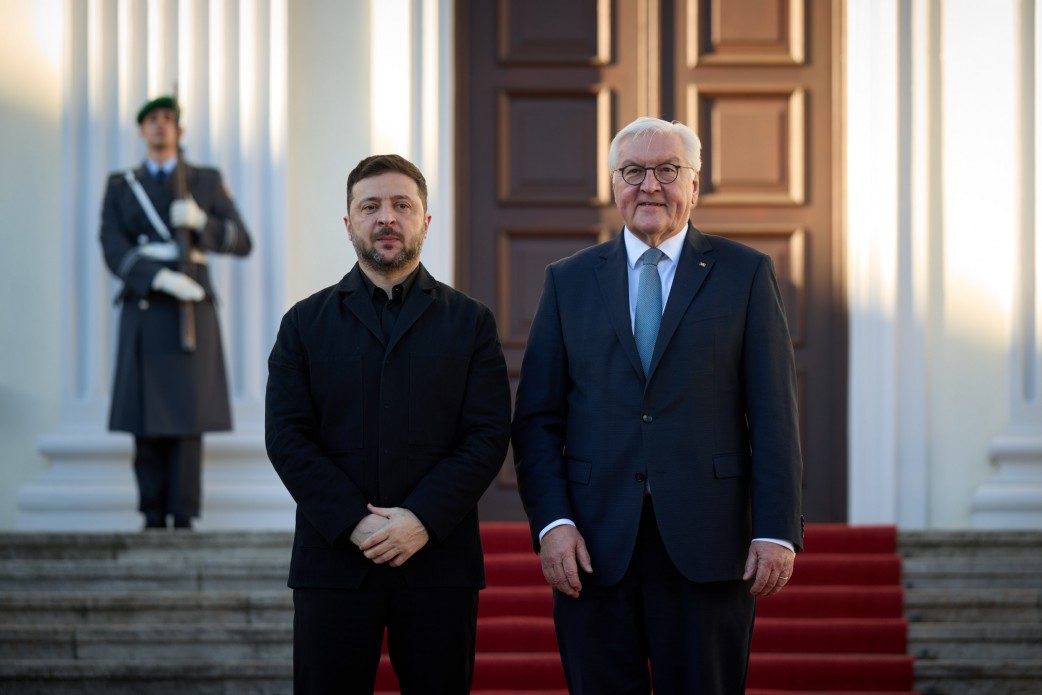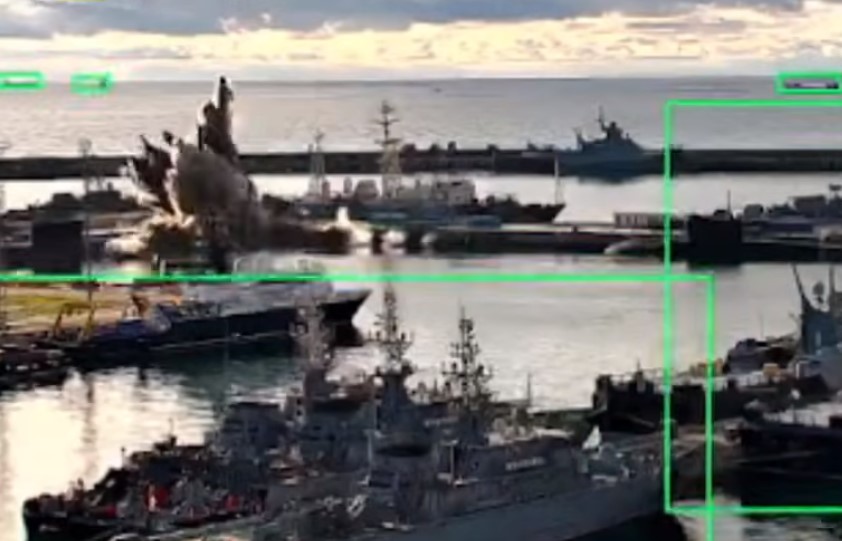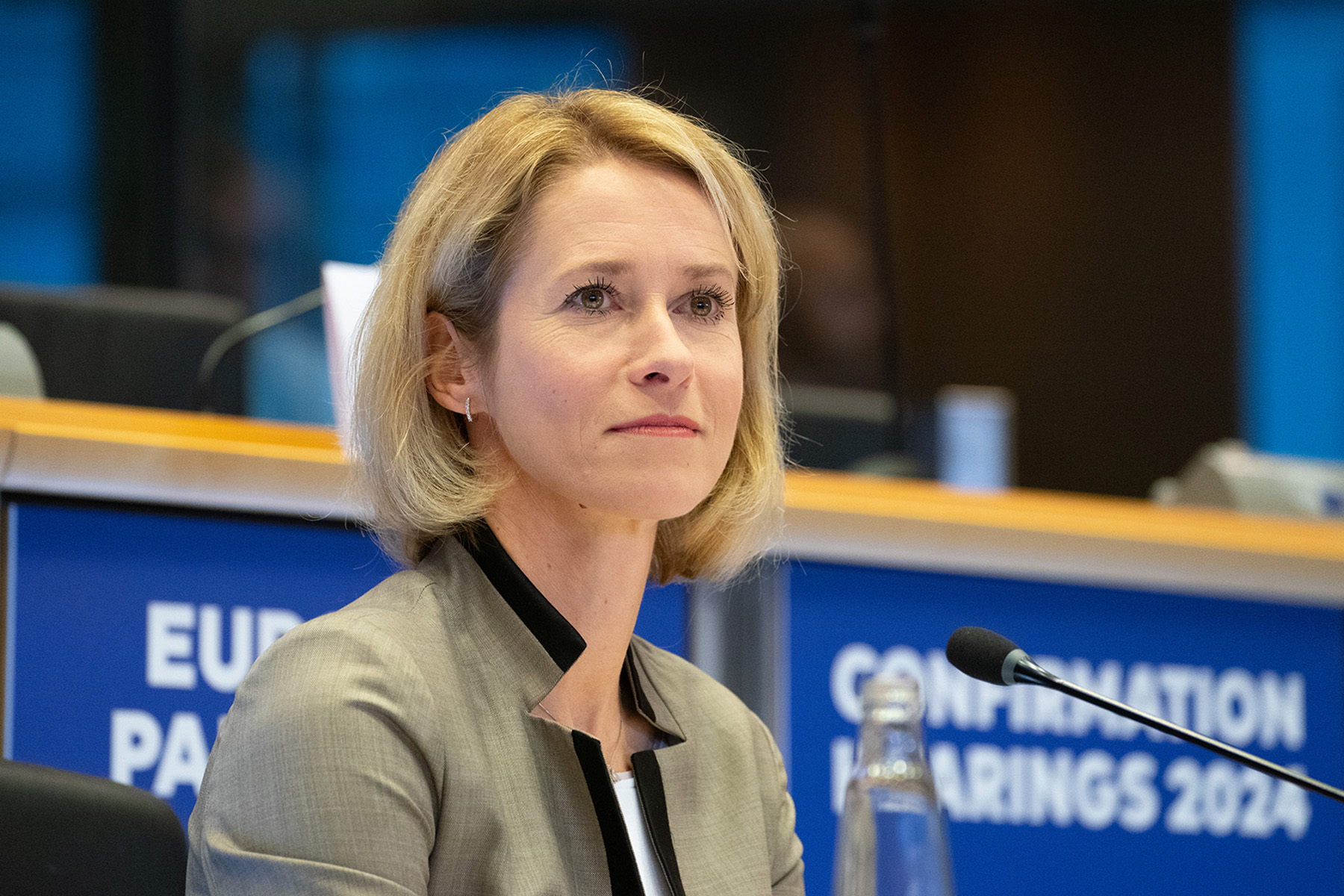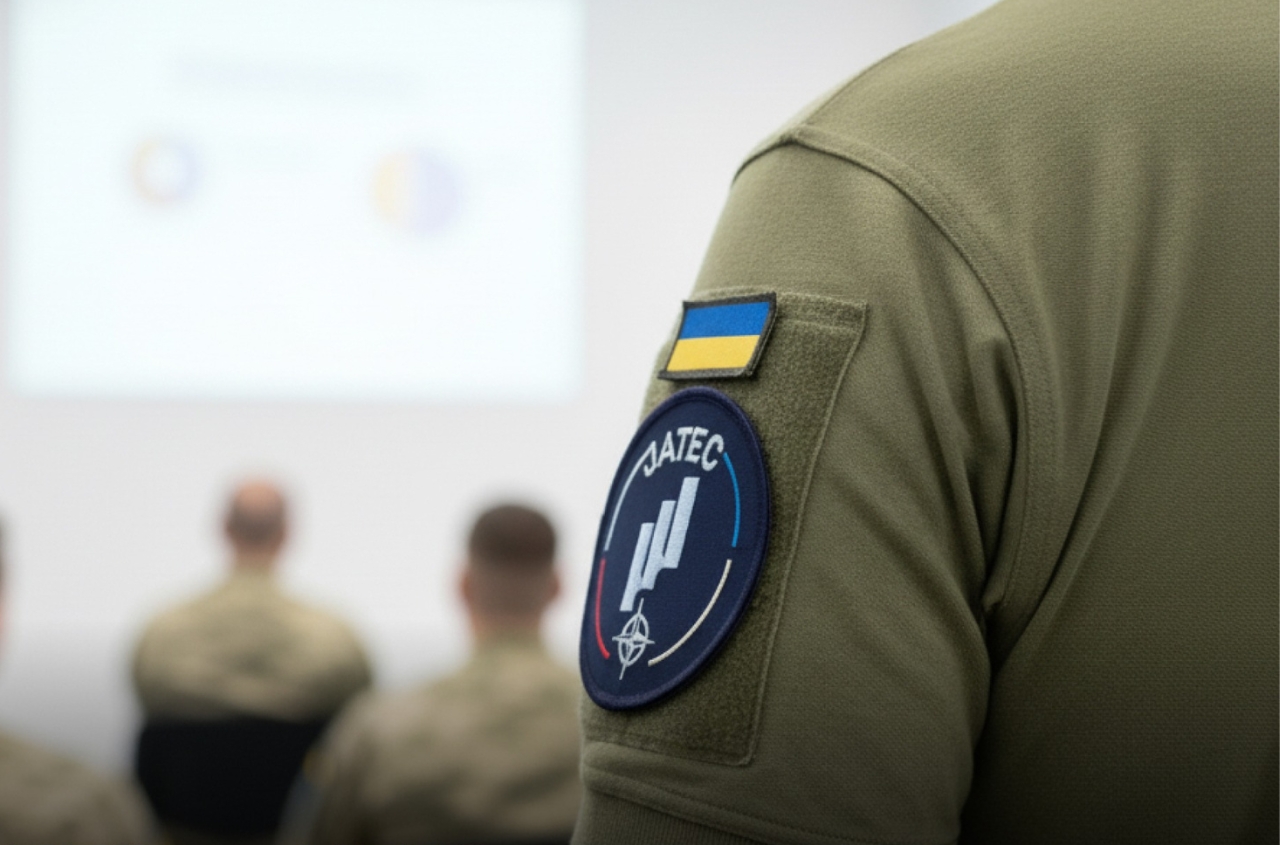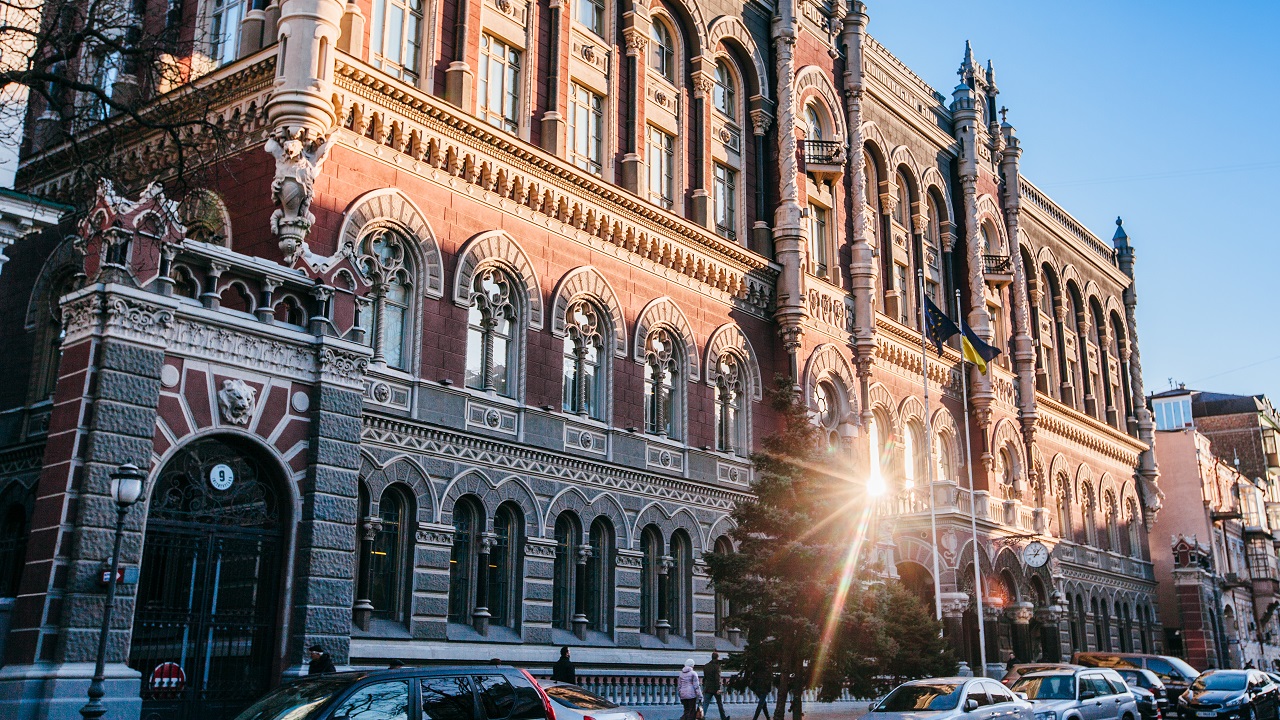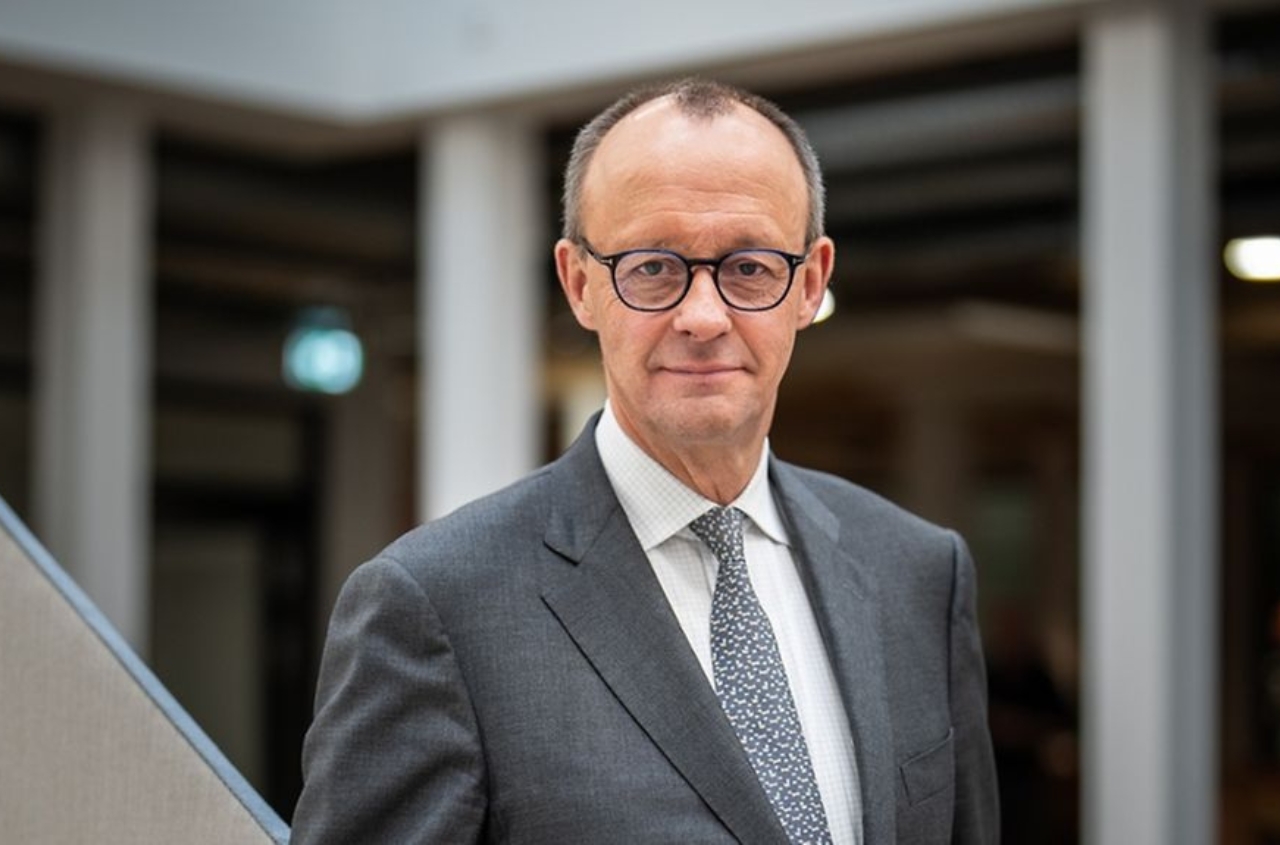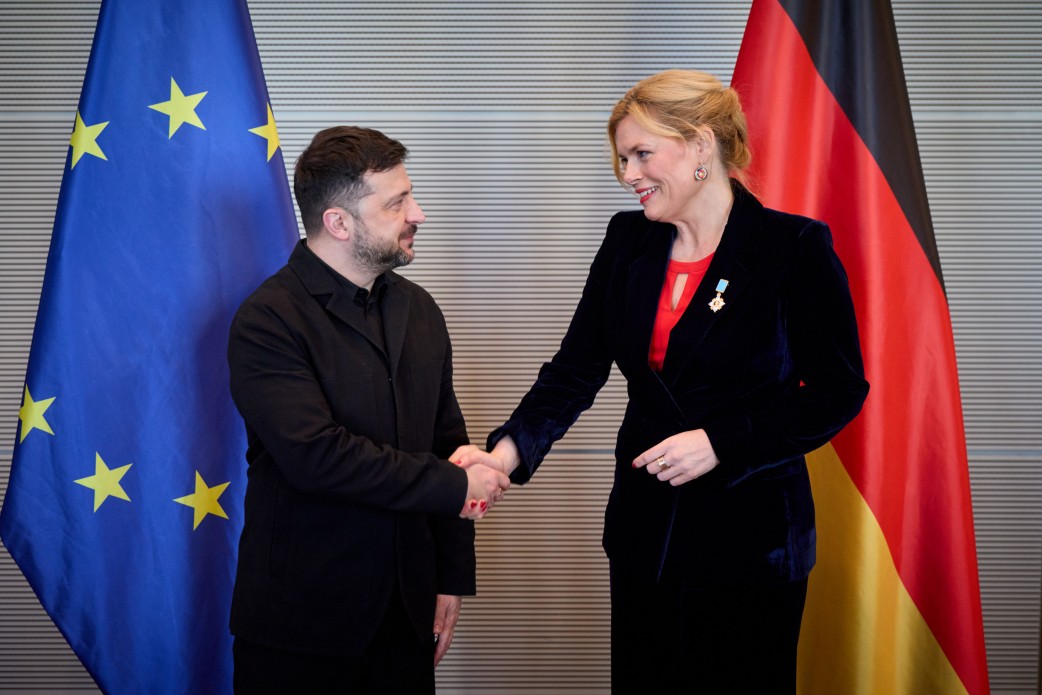Trump held a phone conversation with Putin. And immediately declared that negotiations between Russia and Ukraine will “begin immediately.” He also said that Russia intends to trade with the United States, which, allegedly, is very profitable. And that benefits await Ukraine as well. Ambiguous statements again? Not at all.
First, let me remind you of Trump’s logic, which I described two weeks ago. I won’t repost the whole text — the link is in the first comment. I will limit myself to the “triangle” of interests regarding Ukraine:
On the Ukrainian front, this manifested as a kind of “triangle”:
- Ensure a rapid ceasefire. Preferably BEFORE the US-China summit, which will take place this summer. That is, come out with a position where the US is the driver of the peace process and determines the configuration and framework of agreements. Otherwise, help from Xi will have to be sought. And that means MAGA fails and Beijing enters the region with its own interests as a “peacekeeper”;
- Change the approach of US policy toward Ukraine and demonstrate to voters a policy of securing benefits for the United States. This is a deal about resources. Simply put, Trump shows voters that the aid already provided to Ukraine has “paid off” and will continue to bring income;
- Attempt to demonstrate new approaches to policy toward Russia. Simply put — by developing economic relations with Moscow, try to play containment against Beijing. And prevent Russia from passing the “point of no return” in the process of increasing technological and economic dependence on China.
Now, Putin’s interests. Peace and Trade? No. For Putin, it is important to confirm Russia’s ambitions to global superpower status. But there is one problem — this is impossible without a clear “picture of victory.” Because both China and the US are satisfied with the weakening of Russian influence in the world. But they do not want either side to be crushed in the Russia-Ukraine war.
Putin understands the risks of increasing dependence on China and is trying to bargain with the US (and, prospectively, the EU) to find a new balance. The war interferes with this process. But peace without a “picture of victory” for Russia is not an option. Therefore, the Kremlin is prepared to fight for quite a long time. At least to conduct a summer campaign (i.e., an offensive from June to roughly early November) to try to gain a favorable position on the front. Putin does not want the negotiation track with Trump to interfere with these plans. That is why the idea of “direct talks in Turkey” was used. I described the essence of this a week ago in a short text. The link is in the second comment.
Briefly, the idea that Putin is currently pursuing: by starting “direct negotiations,” try to separate the Russia-Ukraine, Russia-US, and possibly Russia-EU negotiation tracks. That is, isolate the “Ukrainian problem” so that instead of being a defining factor in relations with Western countries, it becomes just background. Russia already did this in 2022 during the “Grain Deal.” There were documents on a shipping regime. And alongside (formally unrelated) General License No. 6 (now General License 6D), which exempted all (!) Russian fertilizers from sanctions. The idea in 2025 is the same — to drag Ukraine into endless talks and disputes — a kind of analogue to the “trilateral contact group” under Minsk-2 — while maintaining a separate dialogue with Washington and European capitals. Each so-called “concession” on Ukraine would be sold as a basis for concessions by the US and EU, while the core issue would remain unresolved.
Several European leaders clearly understand this logic and therefore advocate for the format “ceasefire first, then negotiations.” Turkey joins them, as Russia’s exit from the war with strong positions threatens its policy of spreading influence in the Middle East, Central Asia, the Caucasus, the Black Sea region, and even Africa, by the way.
But the weak point in this formula is the US. Look back to the beginning of the text at Trump’s triad of interests. The bonuses on Ukraine have already been received. The other two issues were pending because negotiations on ending the war and on cooperation with Russia were linked together. Putin gave a hint — the tracks can be separated. After all, “talks” took place in Istanbul. Trump accepted the idea and now proposes to fix the situation. Where there are Russia-Ukraine negotiations (which the White House is interested in, but not controlling) and a discussion about joint business between Moscow and Washington. There is huge interest here, especially since Russia offers minerals, energy, logistics, and joint hydrocarbon trade in Europe.
Therefore, we will be forced to continue “direct negotiations.” But this will yield little benefit. The likelihood of a peace agreement in the next 3-4 months is extremely low. After all, Putin needs a “picture of victory.” That means successes on the front lines plus concessions from the US, EU, and NATO. By the way, Trump already gave the first concession “in advance” by stating that Ukraine is unlikely to become a member of the North Atlantic Alliance. So there will be regular meetings amid quite intense combat operations.
At the same time, Trump will try to reach an agreement with Putin—not only on strategic issues (resources, the Arctic) but also on “quick profit” issues. This includes Russia’s return to the European oil and gas market, but through a middleman—a kind of Russian-American company. But could this become a driver for peace? No! Even if there are preliminary agreements, the US might wait until autumn—the period of sharply increased gas demand in Europe. This timing coincides with getting clarity on the success or failure of Russia’s summer military campaign.
Therefore, the Ukrainian delegation will have to regularly attend meetings with Russian emissaries without serious prospects of achieving an acceptable result.
The situation is difficult but not hopeless. Remember, the idea to “separate negotiation tracks” and Trump’s ideas about business with Putin do not excite many countries. This means it will be extremely important for the Ukrainian delegations to hold consultations and develop a system of coordination with European partners and Turkey. Also—and this would greatly displease Trump but could be effective—to try to create their own consultation track with China, Brazil, and India—the BRICS core. The goal is to have, by autumn, preferably a formal (i.e., established by a system of agreements) mechanism of cooperation, at least with the countries of Old Europe + Britain + Turkey. And a negotiation track with the BRICS core. Under this scenario, it will be very difficult for Trump and Putin to implement their ideas of joint business at Ukraine’s expense.









